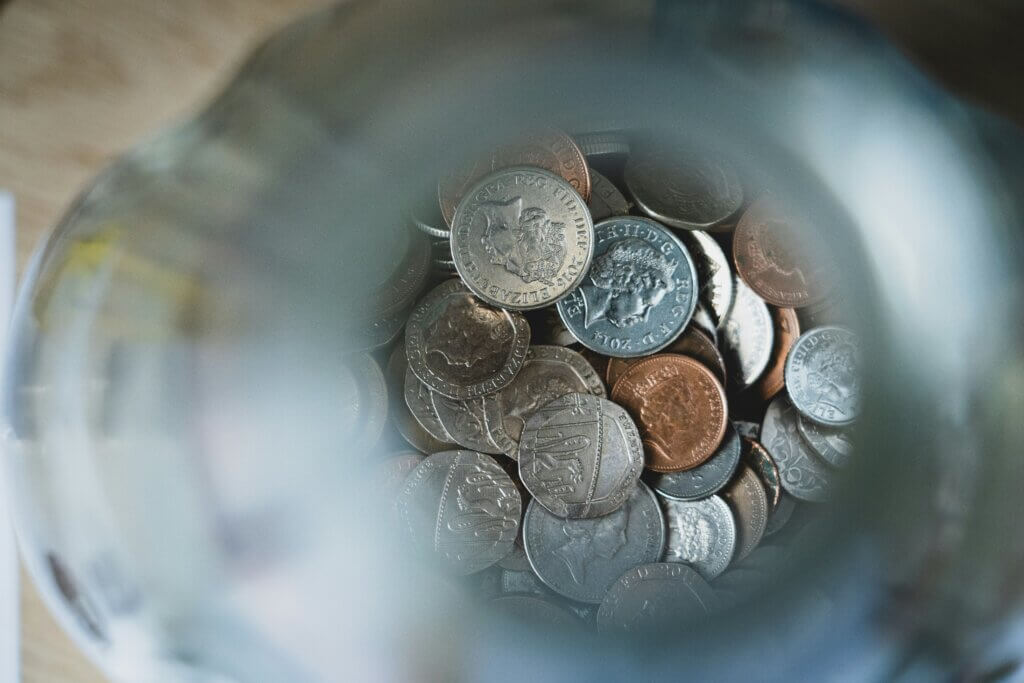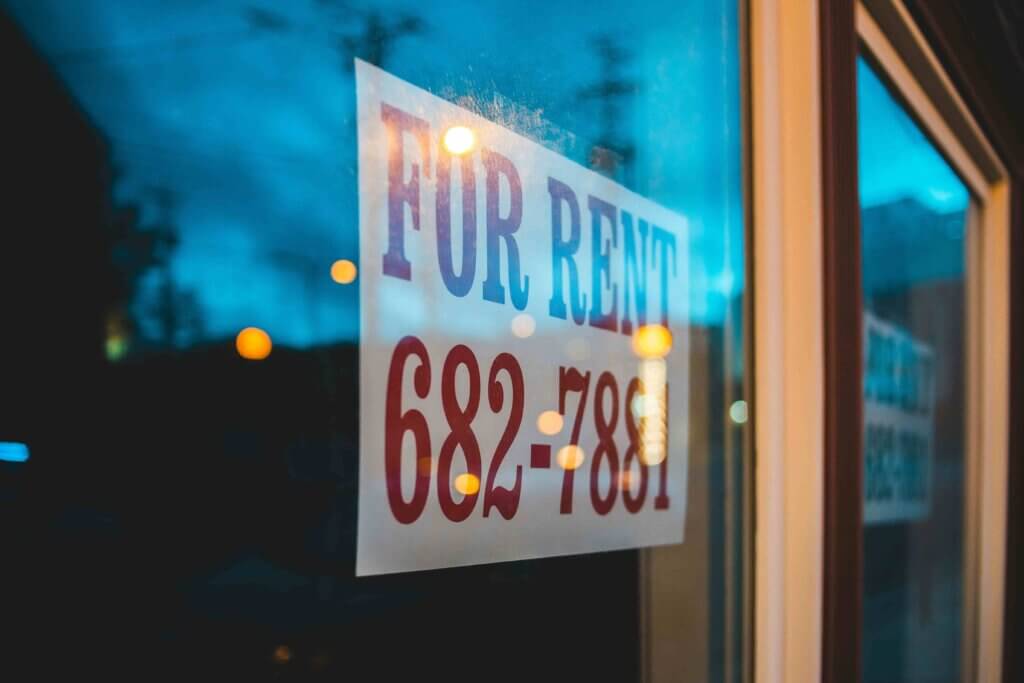Maria stared at her bank account balance, feeling that familiar knot in her stomach.
After paying rent, utilities, and buying groceries, she had just $47 left until her next paycheck. Her mother kept telling her to save for a rainy day, but Maria couldn’t see how, when she was barely covering the basics.
Maybe you’ve felt like Maria, living paycheck to paycheck and never feeling like there’s enough left over to get ahead. While the challenge is real, there are ways to save money fast on a low income.
We’re going to show you specific ways to understand your current spending, cut expenses where it makes sense, and discover opportunities to increase income.
We’ll also cover simple methods to track expenses and spot savings opportunities that can help change your financial situation for the better.
Understanding Your Finances
Nearly 60% of Americans don’t have enough savings to cover a $1,000 surprise expense, and many have no idea how to save at all, let alone how to save money fast on a low income.
Why is it so hard for so many people to save money?
The median annual household income for 2024 in the U.S. was around $80,000.
However, this information can be misleading because it doesn’t reflect the reality for millions of Americans.
Around a third of households earn less than $50,000 per year, and many are challenged to make ends meet. When you consider that the average household spends slightly more than $60,000 a year on day-to-day expenses, it’s no wonder that so many families don’t have much (if anything) left over to put toward savings.
These statistics aren’t meant to discourage you. They’re meant to show you that if you’re struggling to figure out how to save money fast on a low income, you’re not alone. The encouraging part is that by making some minor changes, you can meaningfully improve your financial situation.
The first step is getting a clear picture of your current financial situation. Many people operate on financial autopilot, knowing roughly what they earn and what their major bills are, but not really understanding where all their money goes or where they might be able to find opportunities to save.
Track Expenses
The first step in learning how to save money fast on a low income is getting crystal clear on exactly how you spend every dollar you earn each month.
This might sound tedious, but expense tracking is one of the most effective ways to begin building better spending and savings habits.
Track expenses for at least one whole month to get a sense for your typical spending patterns. You can use smartphone apps like Mint, YNAB (You Need A Budget), or PocketGuard, or simply use a small notebook where you record every purchase, no matter how small.
Small purchases might seem insignificant on their own, but together, they add up over time, leading to overspending.
In fact, one in three Americans reports spending more than they can afford each month.
When you track expenses, the goal isn’t to judge your spending but to create awareness. After all, you can’t change what you don’t measure.
Categorize Expenses
Once you have a month of spending data, the next step is organizing it to reflect your lifestyle and daily habits. Instead of broad categories like “food” or “bills,” get specific: Groceries, dining out, coffee shops, rent, electricity, car payment, gas, entertainment, clothing, and so on.
After creating detailed categories, group them into essential (i.e. what you need) and nonessential (i.e. what you want) expenses.
Breaking your spending down this way often reveals sneaky expenses that are draining your bank account.
For instance, you might discover that you’re spending more on subscription services than you realized (70% of people spend $50 or more a month on subscriptions they don’t need), or find monthly expenses you’d completely forgotten about (like that gym membership you never use).
Armed with this information, you can look for obvious areas to focus your cost-cutting efforts. Getting a clear picture of your spending also makes it much easier to create a budget that actually works with your real income and goals.
Cutting Back on Expenses
Once you know where your money goes, you can start making smart cuts.
Small reductions across multiple spending categories often add up to significant savings without major lifestyle changes. Here are a few options to consider:
Housing
Housing typically represents the largest expense in most budgets, often accounting for 25-40% of income.
A common rule of thumb is to keep housing costs under 30% of your gross monthly income, though this can be challenging in high-cost areas.
Consider your location carefully. Moving to a neighborhood farther from a city center often provides significant rent savings. While you might have a longer commute, the cost savings could be worth it, even if your transportation costs are a little higher.
When your lease comes up for renewal, don’t automatically accept rent increases. Many renters don’t realize this is a good time to negotiate with their landlord. Prepare for the conversation by researching comparable rental prices in your area.
If you’ve been a reliable tenant, landlords often prefer keeping you at a slightly reduced rate rather than dealing with you moving out and having to find new tenants.
Sharing housing costs with roommates can dramatically reduce your monthly expenses. Even if you’re not used to living with others, the financial benefits might make it worthwhile, especially if it’s only temporary while you build savings.
If you’re currently in a larger space than you need, consider downsizing to a smaller apartment or house. The money you save on rent, utilities, and maintenance can be funneled into other financial goals, like creating an emergency fund.
For younger adults, moving back in with parents temporarily might be an option worth thinking about. While it requires sacrificing some independence, it can also provide an opportunity to pay down debt and save money fast.
Food
Inflation has dramatically increased food prices in recent years, but there are still plenty of ways to save—you just need to be thoughtful and intentional about it.
Meal planning is a money-saving game-changer when you base it around weekly grocery store sales and coupons. Spend 15-20 minutes each week perusing store circulars and planning meals around discounted ingredients. This approach alone can reduce your grocery costs by 20-25%.
Cooking at home provides financial and health benefits. Restaurant meals typically cost 3-4 times more than similar home-cooked meals. Even fast food adds up—five $8 meals per week cost around $160 monthly, money that could go toward savings.
Reduce food waste through proper storage and creatively using leftovers. On average, American households throw away about $1,600 worth of food each year. You can save yourself hundreds, if not thousands of dollars just by learning the best ways to store different foods and planning 1-2 leftover nights per week.
When shopping, make a list and stick to it. Studies show you can spend up to 60% more when shopping without a list, and 30% more by going to the grocery store on an empty stomach. Make your list at home, avoid shopping when hungry, and consider ordering your groceries online and picking them up at the store to prevent impulse purchases.
Transportation
For most people who own vehicles, transportation costs are often the second-largest expense category.
However, many people underestimate the true cost of car ownership—new car owners spend over $1,000 a month! Understanding these costs can help you decide the best way to get around.
Evaluate whether public transportation makes financial sense for your situation. When you factor in car payments, insurance, gas, maintenance, and parking, public transit often costs significantly less, even if it’s less convenient.
Carpooling with colleagues or neighbors can lower gas and car maintenance costs while providing an opportunity to build stronger personal and professional connections.
When possible, walk or bike for shorter trips. Beyond the cost savings, you’ll gain health benefits and reduce wear and tear on your vehicle.
Utilities
With a few simple behavioral changes and improvements, you can save significantly on your utility bills.
Consider energy-saving strategies like switching to LED bulbs, using programmable thermostats, unplugging electronics when not in use, and adjusting heating and cooling settings by just a few degrees. These changes can reduce your electric bills by 10-20% without you noticing much of a difference.
Conserve water by taking shorter showers, fixing leaks right away, only running your dishwasher and washing machine when full, and installing low-flow fixtures. According to the U.S. Department of Energy, water heating makes up 18% of home energy use, so using less hot water is a no-brainer way to save money.
Compare utility providers if your area offers choices for electric or gas service. Even small differences in monthly rates can add up over time, and many providers offer incentives or discounts for new customers.
These strategies work best when made gradually, giving you time to adjust without feeling overwhelmed.
Increase Income
While cutting expenses provides savings opportunities, exploring ways to increase income can also speed up your savings progress.
The key is finding income-generating activities that fit your schedule and skills without stretching you too thin.
Nearly two in five Americans (38%) currently have some form of side income, and this number continues to grow.
The median side hustle income is around $200 a month. Even earning a little extra money each month can make a big difference when it comes to boosting your savings.
Side hustles work best when you rely on your existing skills and interests.
If you have teaching or tutoring experience, platforms like Wyzant or Tutor.com connect you with students needing help. If you enjoy driving and have a reliable vehicle, services like Uber, Lyft, or food delivery apps like DoorDash offer flexible ways to earn extra cash.
Freelance work such as writing, graphic design, social media management, or virtual assistance can be done from home during evening or weekend hours. You can find clients needing various services on websites like Upwork, Fiverr, and Freelancer.
The key to creating a successful side income is maintaining balance. Start with just a few hours weekly to see how it fits into your life. Side income should supplement, not jeopardize, your main source of income.
Selling items you no longer need provides immediate cash without ongoing time commitments. Most households have hundreds of dollars worth of items sitting unused in closets, garages, and storage areas.
Start with items in good condition that have clear resale value, such as electronics, tools, sporting goods, designer clothing, or furniture. Research platforms like Facebook Marketplace, eBay, or Poshmark to make sure your asking prices are realistic.
Consider seasonal timing when selling items. Exercise equipment sells well in January, outdoor gear moves quickly in spring, and warm clothing has higher demand in fall.
Making Every Dollar Count
Learning how to save money fast on a low income is a skill that you can develop with time. Even saving $25-50 monthly creates a foundation for financial security that will grow if you keep at it.
Start with small, achievable goals instead of making dramatic changes that are difficult to keep up with. Think of it like losing weight, where slow and steady progress generally gets better results than quick-fix crash diets.
Some months you’ll save more than others, and that’s okay. The important thing is developing the habit of setting aside money regularly, even if it’s not a lot at first.
Building financial confidence on a limited income is absolutely doable with the right approach and mindset.
Kudzu’s financial toolkit supports your money-saving journey with features designed specifically for you. Download the Kudzu app to help track your progress. Your income might be limited at the moment, but your potential to save isn’t. Every dollar you set aside is a win, so don’t forget to celebrate along the way.



